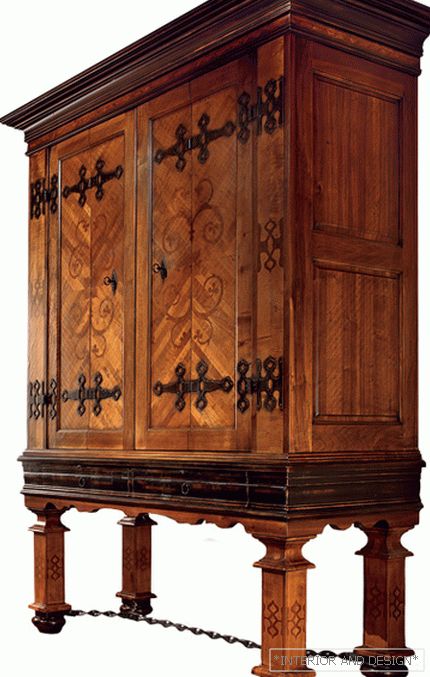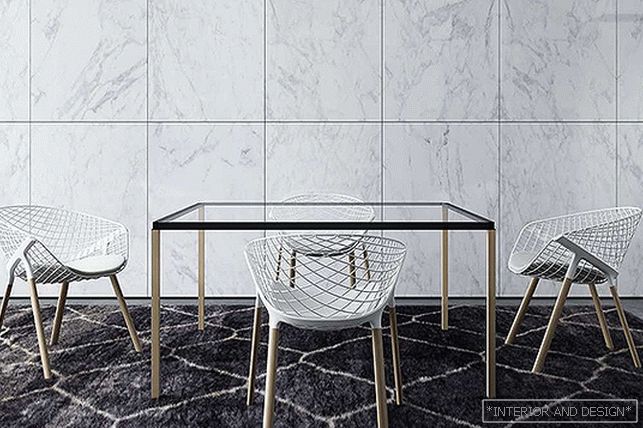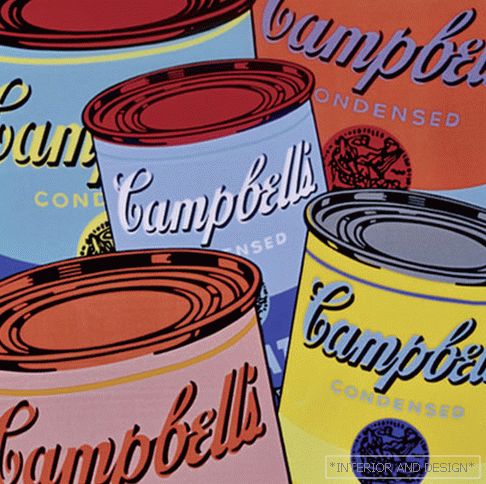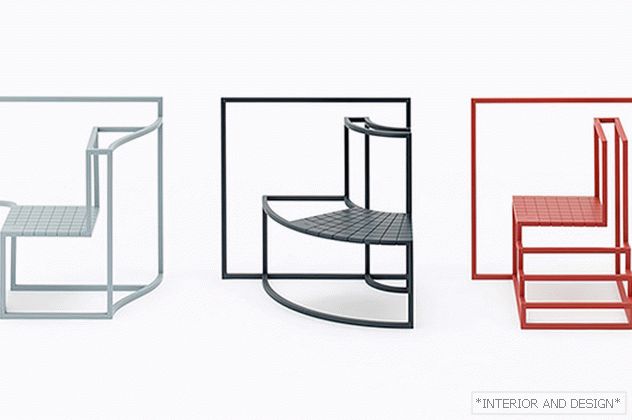The Victorian style, named after the long-lived queen who ruled Britain for more than half a century, was essentially the first eclectic in history. We disassembled it into components
 Passing the gallery
Passing the gallery Magazine: de Luxe Classic N1 2014
The Victorian style was a mixture of many phenomena: historicism (neo-Gothic, Neo-Renaissance) and new trends that originated in protest against machine production and technological progress. Such, for example, was the movement of arts and crafts. Victorianism also absorbed various colonial trends: from the East (from India, China), from Africa (the empire was rapidly expanding). The result was an interesting mix: the same living room could turn out to be a repository of massive cabinets decorated with gothic pinnacles (architectural elements in the form of turrets), boudoir plush poufs, Indian figurines and pseudo-Chinese vases. And all this against the background of walls decorated with fabrics according to the drawings of William Morris. At the end of the XIX century, so imagined comfort. The "omnivorous" Victorian interior was overwhelmed with details. There was a lot of furniture in it, and even more — nice knick-knacks. It is characterized by a rather bright and at the same time a solid range, built on a combination of mahogany and velvet upholstery of burgundy, grass-green colors. There is both blue and black in it. But there is absolutely no yellow and complex, composite colors that will become popular later, in the era of ar-nouveau. The style itself embodied the pillars of the Victorian era: family values, home comfort, measured, respectable life, continuity of generations, tribute to tradition and healthy conservatism. This eclecticism that was so confidently making a statement about itself had a future. Another couple of “big” styles (ar-nouveau, ar-deco) —and the desire to mix everything will finally prevail.
Read the full text in paper or



